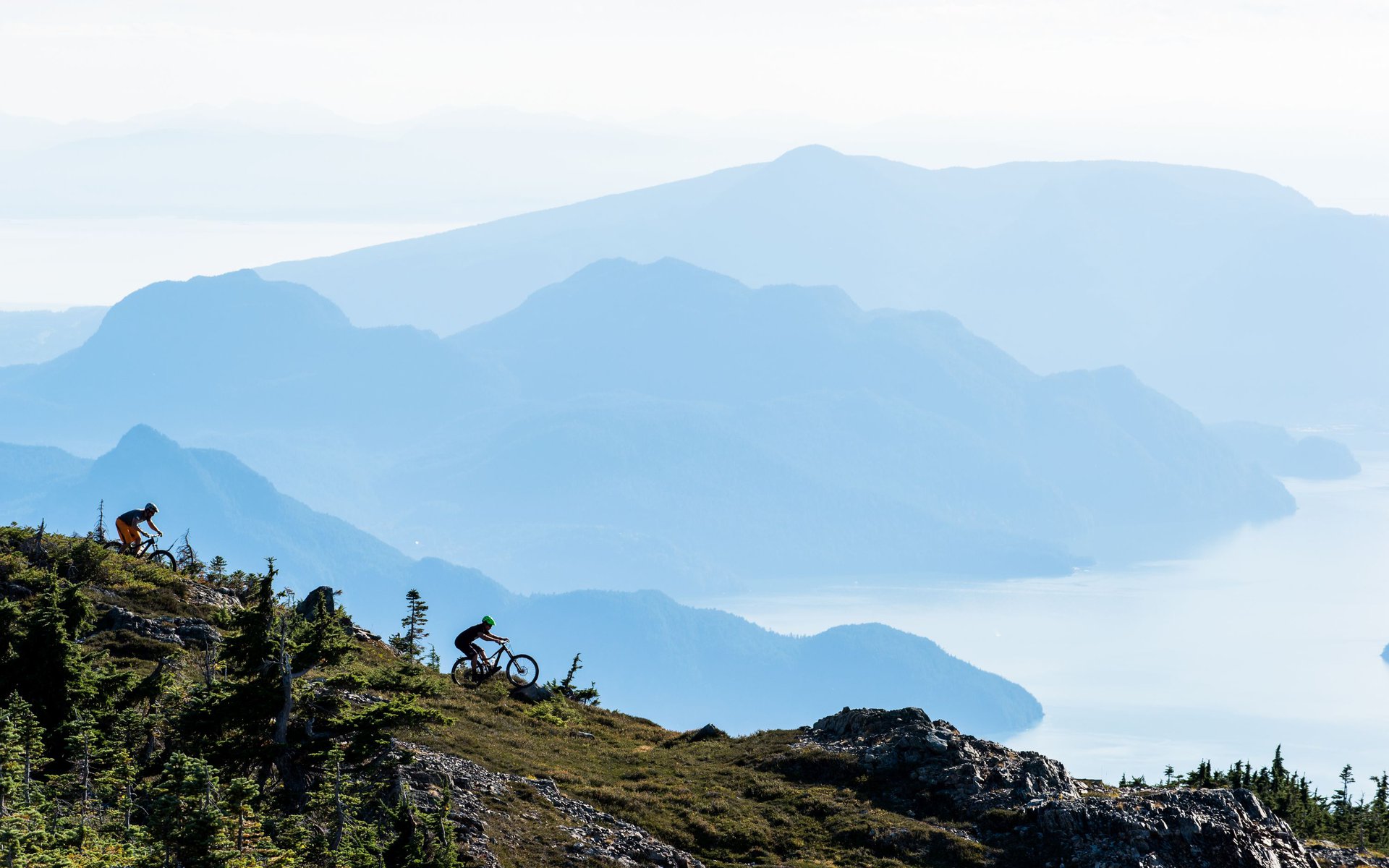
PRESS RELEASE
Spending in the Sea to Sky: How Mountain Biking Boosts Tourism
Mountain biking is big business, particularly in the Sea to Sky corridor. Capturing the impact of that business though can be hard; how does one quantify an MTB trip, and separate the out of town cash from the locals? Thankfully, the folks over at the Western Canada Mountain Bike Tourism Association have crunched the numbers, and come up with some heady facts. Read on in the release below to get a full breakdown of the dollars and cents.
Whistler, Pemberton, Squamish, and North Vancouver receive a significant share of the estimated 9.2 million overnight visitors that come to the Vancouver, Coast and Mountains tourism region each year according to Destination BC’s Regional Tourism Profile. An increasing number of visitors are coming specifically for mountain biking from other parts of BC, Alberta, the US and Overseas. BC has gained legendary status as a mountain biking destination from being featured in countless videos, photographs, and media articles in print and online publications over the past two decades. Mountain biking has transitioned from being a fringe sport into a mainstream recreational activity, following a similar growth pattern as skiing and snowboarding. Mountain biking is being embraced by communities throughout the province who see its value both as a local recreation asset as well as a tourism generator.
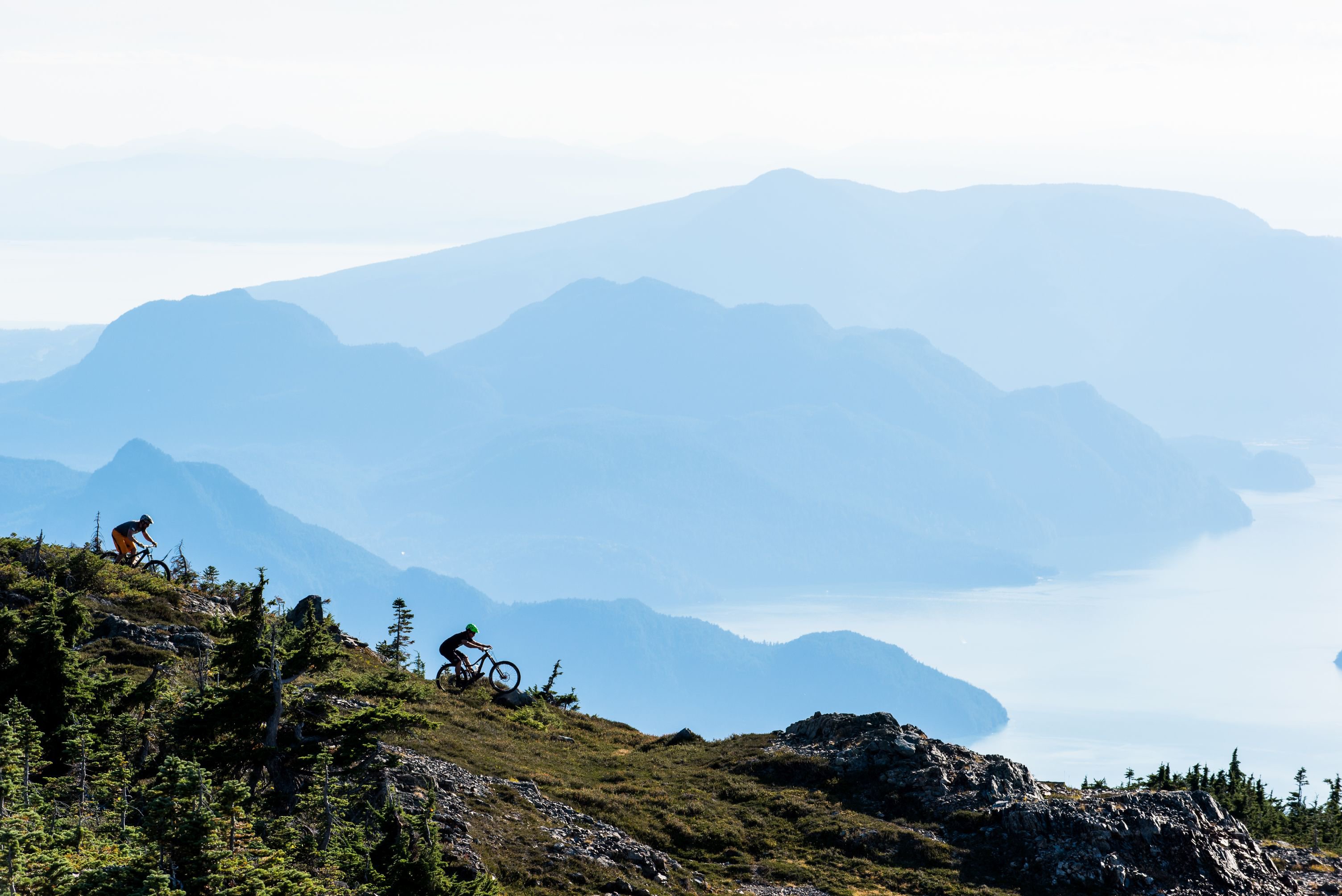
The Mountain Bike Tourism Association (MBTA), in cooperation with community partners and Destination British Columbia, has released the overall results from the 2016 Sea to Sky Mountain Biking Economic Impact Study. The overall results include a comparison with the previous study completed in 2006 using the same methodology.
The results show:
- Mountain biking visitor expenditures in the Corridor has increased by nearly 100% since the 2006 study, rising from $31.7 million in 2006 to $70.6 million in 2016.
- The number of jobs supported by mountain bike tourism has grown from 309 in 2006 to an estimated 687 jobs in 2016 with wages totaling $35.9 million.
- Taxes generated by mountain bike visitor spending grew to $18.6 million in 2016 compared to $8.3 million 10 years earlier.
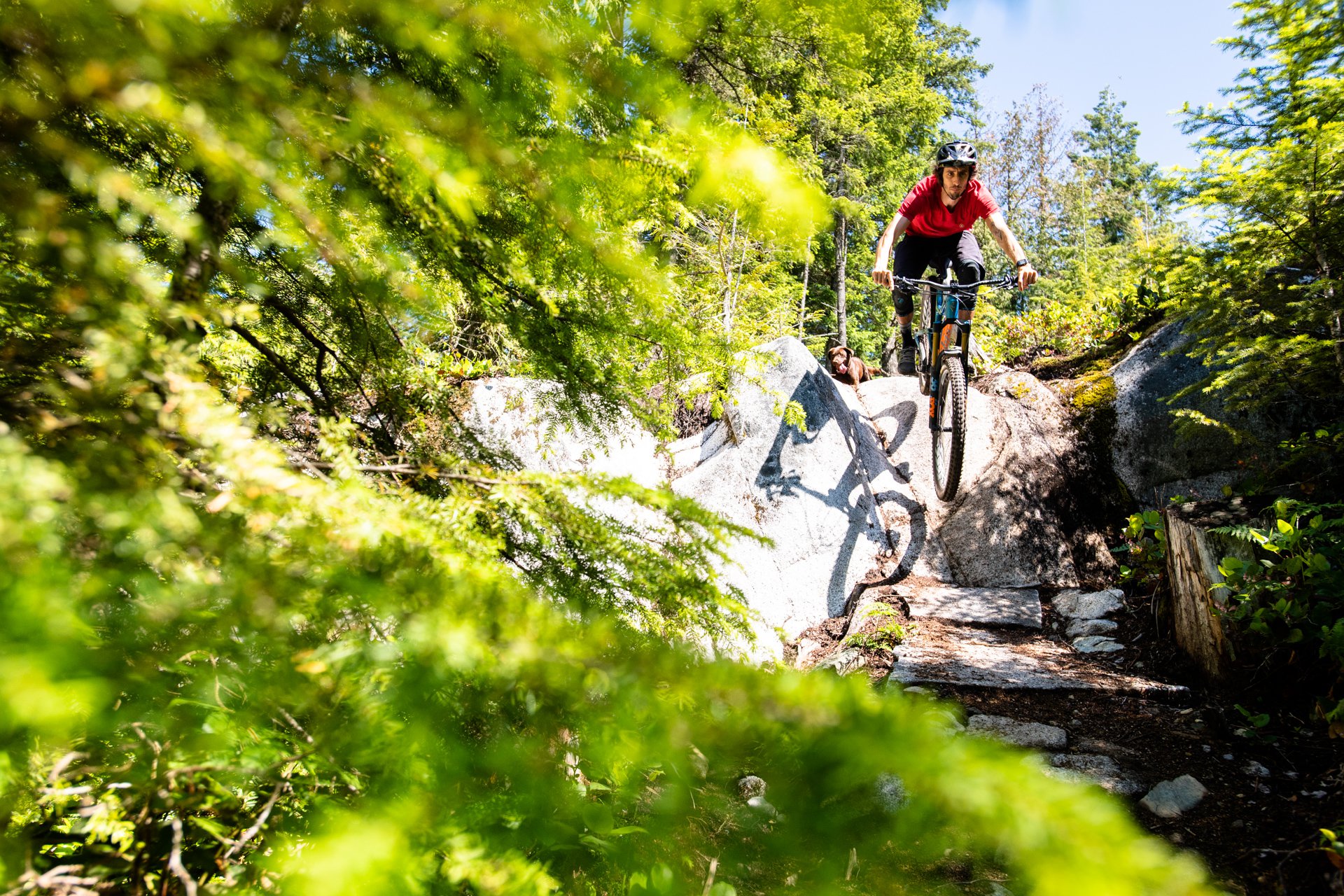
Squamish and North Vancouver have seen the greatest growth in visitation and tourism revenues. Visitor spending has more than tripled in Squamish since 2006. Out-of-town visitors accounted for approximately 99,000 rides and $9.9 million in visitor spending in 2016. North Vancouver has seen spending by visitors and Metro Vancouver residents (not including North Shore residents) increase 476%. Over 61,000 rides were taken by visitors coming from outside the region while Metro Vancouver residents accounted for over 164,000 rides. Combined, visitors and Metro Vancouver residents spent approximately $12.1 million related to mountain biking on the North Shore in 2016.
“We use and reference the study often. Having data to back up our claims supports our conversations with all levels of land management and the community” said Christine Reid, Executive Director of the North Shore Mountain Bike Association (NSMBA).
Whistler continues to be the flagship for the region and the province in terms of generating annual mountain bike visits. In 2016, 102,500 out-of-town mountain bike visitors took 533,000 rides in the Whistler Mountain Bike Park and the Whistler Valley trail network accounting for $46.6 million in annual visitor spending, a 106% increase from 2006.
Pemberton was not part of the 2006 study, however, in 2016 the small hamlet north of Whistler attracted almost 3,000 visiting riders who spent $858,000 in the community.
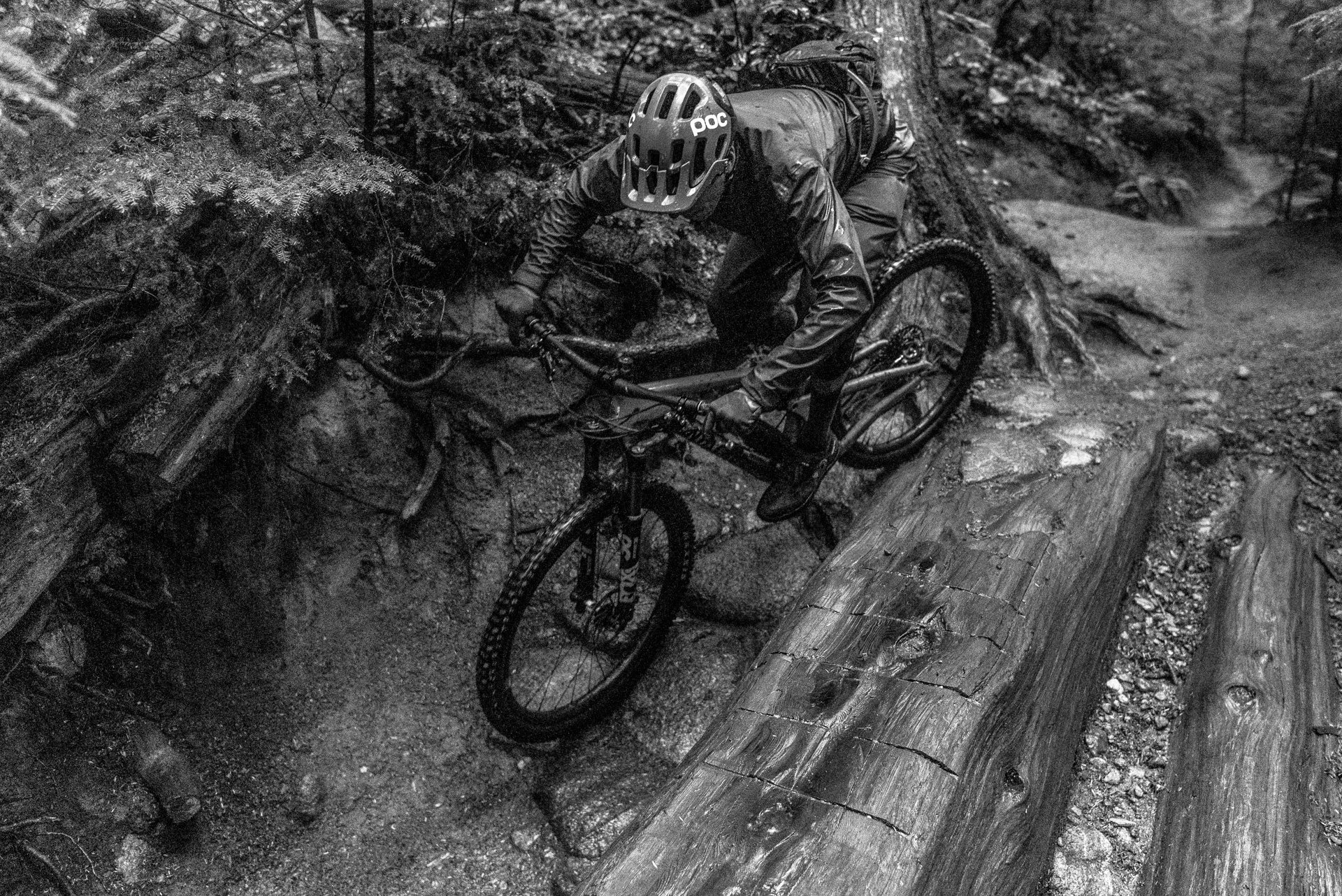
The growth has been a boon for tourism in the communities, but it is not without challenges, particularly for the mountain bike clubs who are maintaining the trail systems largely through volunteer labour. Mountain bike clubs around the province are struggling to keep up with the demand and are seeking funding to increase their capacity to build and maintain trails. To their credit, the Resort Municipality of Whistler, the District of Squamish and the District of North Vancouver provide grants to their local mountain bike clubs to assist in managing and maintaining the trails. This is not always the case in other parts of the province where communities are facing similar maintenance challenges. Trails are often located on Crown land outside of municipal boundaries making it difficult for local governments to allocate funding for adequate maintenance.
"The ability to showcase the economic impacts of what is still often viewed as a 'fringe' sport to land managers and elected officials is invaluable to the NSMBA” said Cooper Quinn, president of the North Shore Mountain Bike Association. “Having hard data showing the financial impacts and growth of mountain biking over the past 10 years gives us credibility and a business case to support further investment from municipalities and other levels of government.”
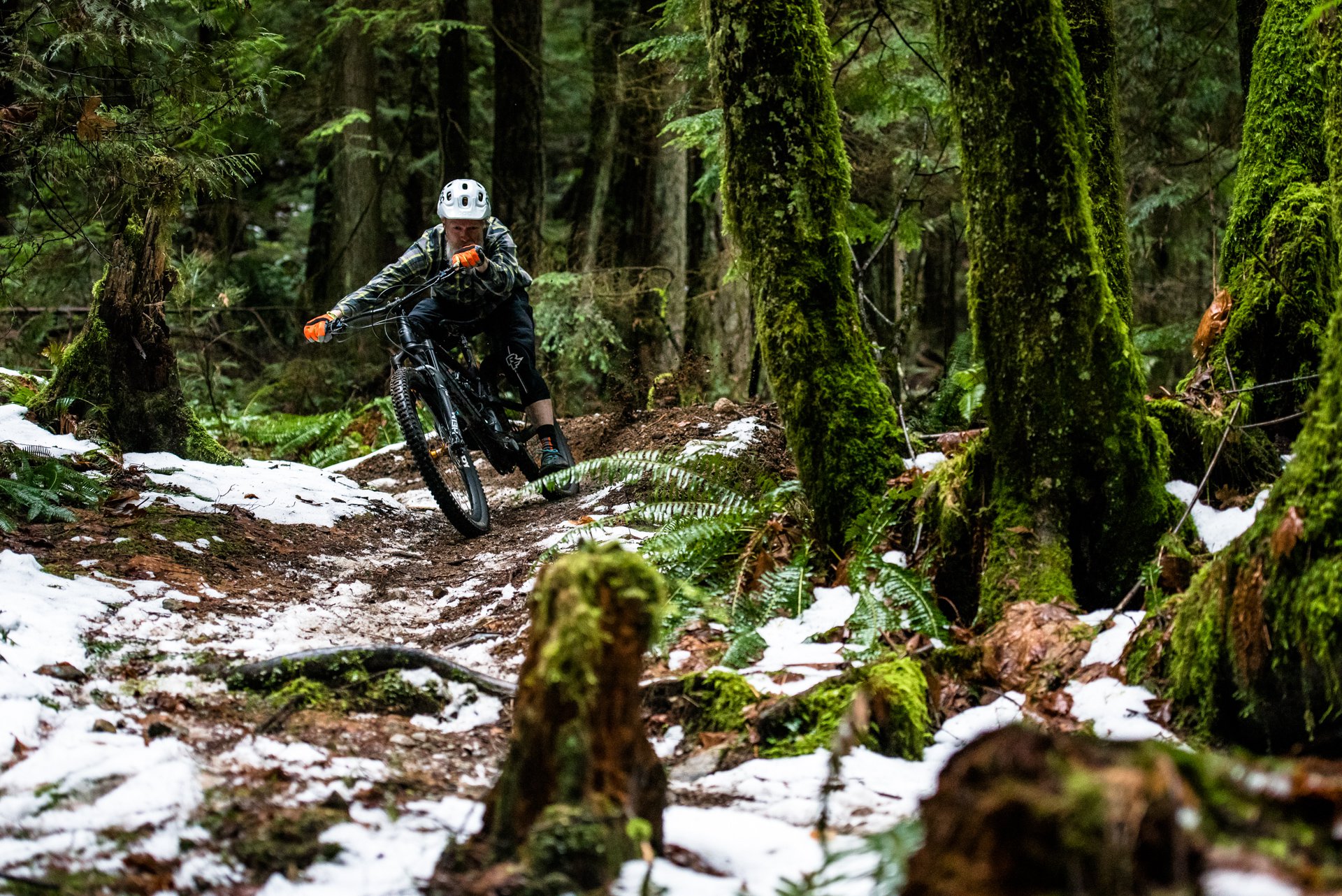
A summary of the overall results of the study can be found HERE
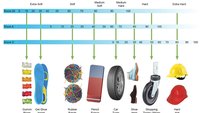

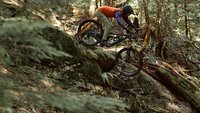
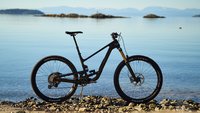
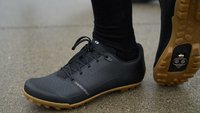
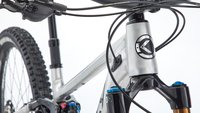

Comments
Cooper Quinn
5 years, 9 months ago
Thanks to Martin at MBTA and everyone else who was involved in this project.
Unsurprisingly to anyone here, turns out outdoor rec is
1) popular
2) costs money
3) provides jobs
To everyone who's ever made a comment about "something something trails something clearcuts", numbers like this are how we start to try and change the balance of power - towns like Cumberland, where recreation takes over from resources. Carcross - revitalized by mountain biking. Show that rec matters, and show that rec can provide a sustainable economy. Dollars.
Get the population onboard with that concept, which will make politicians care, or elect ones who do.
Reply
John Fox
5 years, 9 months ago
I have been to both those places you mention, in fact going back to Cumberland next week for five days. Carcross is amazing what they have done up there, and would like to get back up there for the third time. I guess this article is talking about people like me, coming from Washington and spending much of my recreation time and dollars in BC/Yukon.
Reply
Doug M.
5 years, 9 months ago
I'll be MTB touristing in North Van next Monday. This east coast yankee <3's BC
Reply
Cooper Quinn
5 years, 9 months ago
C'mon out!
The weather is here, we wish you were beautiful.
Reply
Meister
5 years, 9 months ago
Yeah I can vouch for this study, Recently competed in the Gryphon in Squamish and met one couple that came all the way from Sweden just to ride the shore,sea to sky, the island and Golden in the month that they are going to be in Can. Many others from Washington State- Oregon It was awesome to meet so many people from other parts of the world. Let's keep pressure on the politicians to grow our sport.
Reply
Kieran
5 years, 9 months ago
Wait! The average wage per person is $52,256. I thought there was no money to be made in the bike industry?
Reply
Cam McRae
5 years, 9 months ago
That number does seem high.
How do you make a small fortune in the bike industry?
Start with a large one.
Reply
Nouseforaname
5 years, 9 months ago
That's not the bike industry - that's the tourism industry.
Reply
kekoa
5 years, 9 months ago
Living in a tourist Mecca (Hawaii), I choose to spend my time and money in Whistler. While our beaches are better, your trails are superb.
Reply
Jitensha Kun
5 years, 9 months ago
Non parametric model running on 1996 data and a survey with a single collection modality?
This is more a marketing paper than anything else IMHO.
Reply
Please log in to leave a comment.